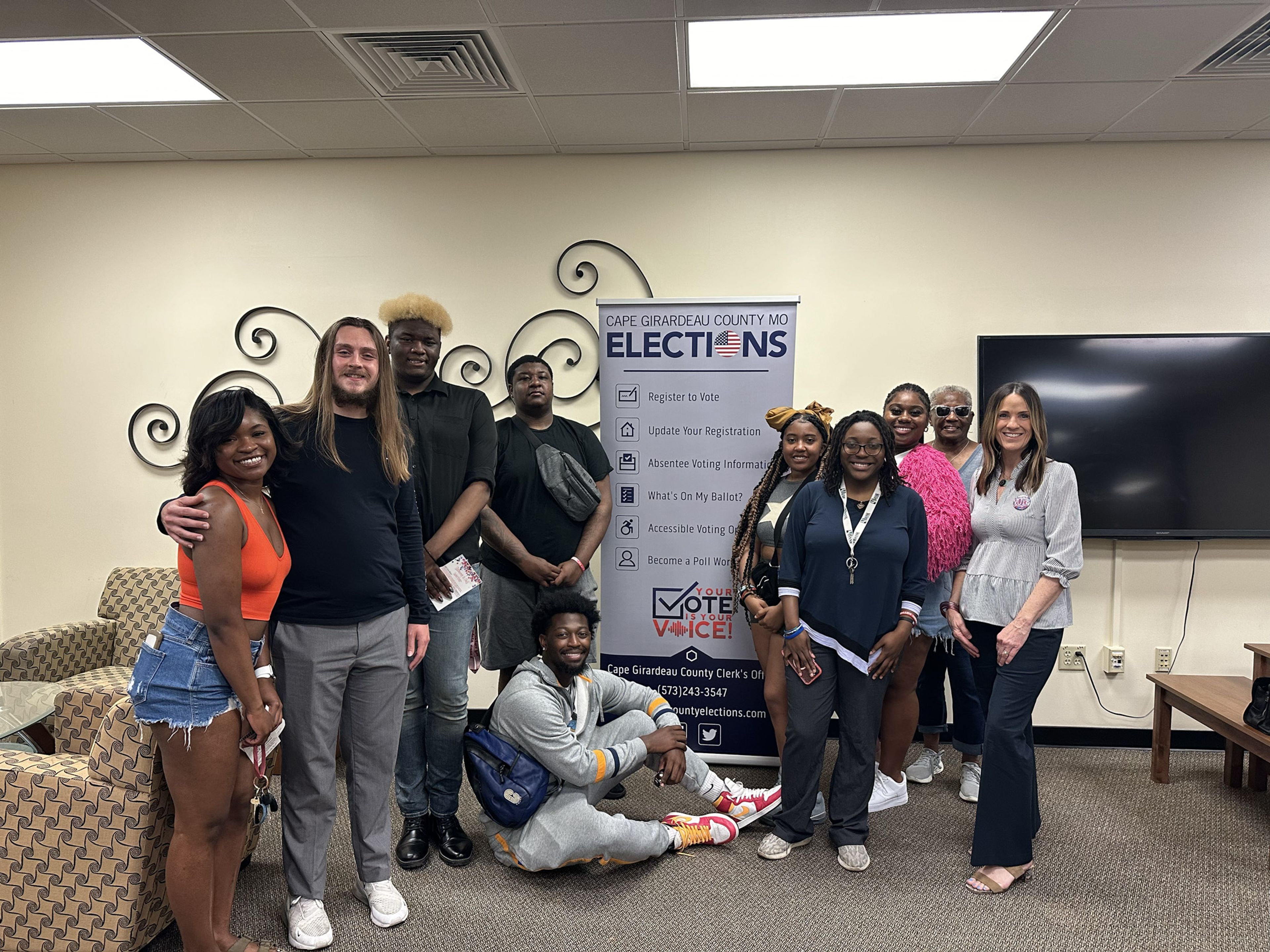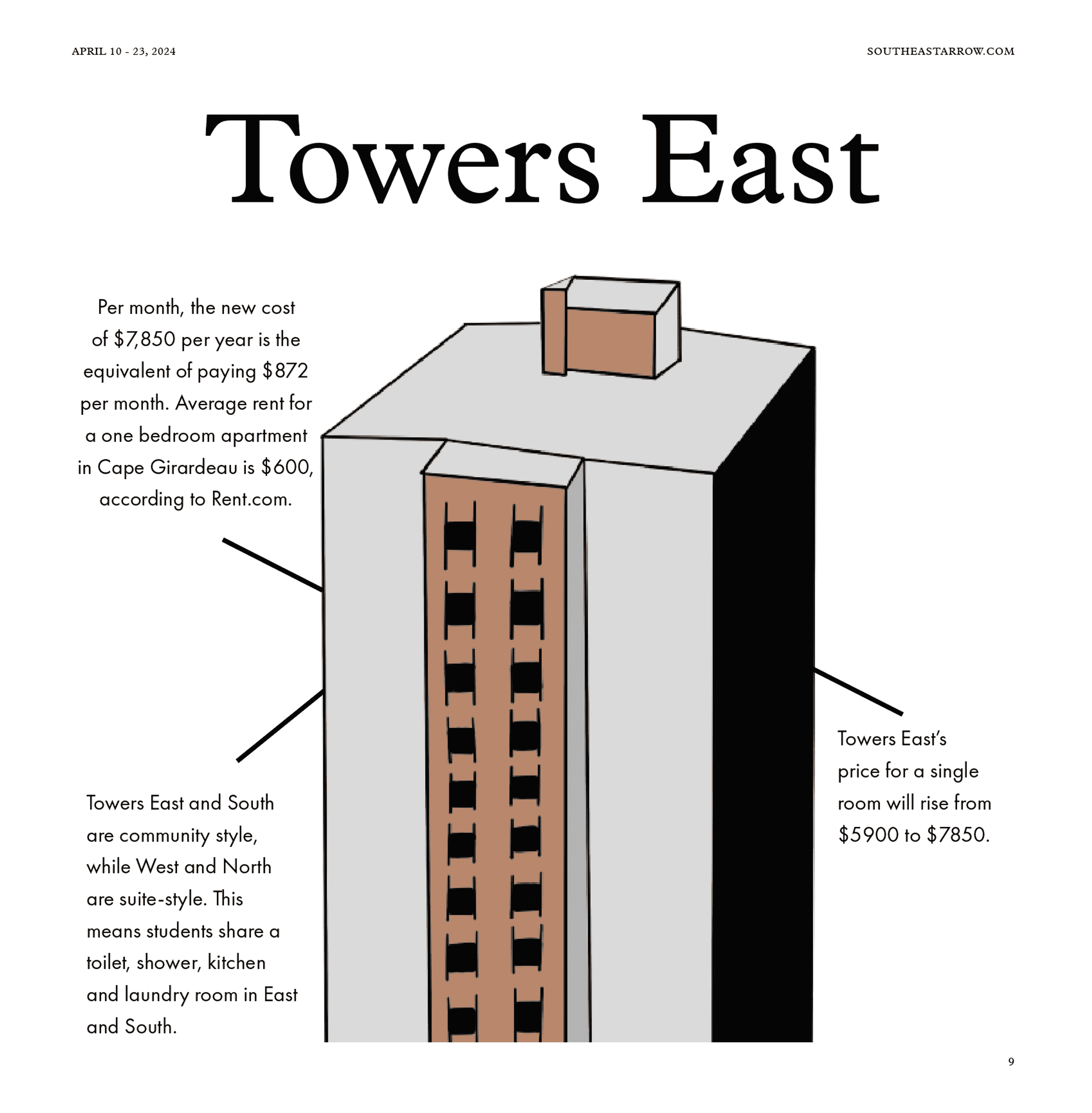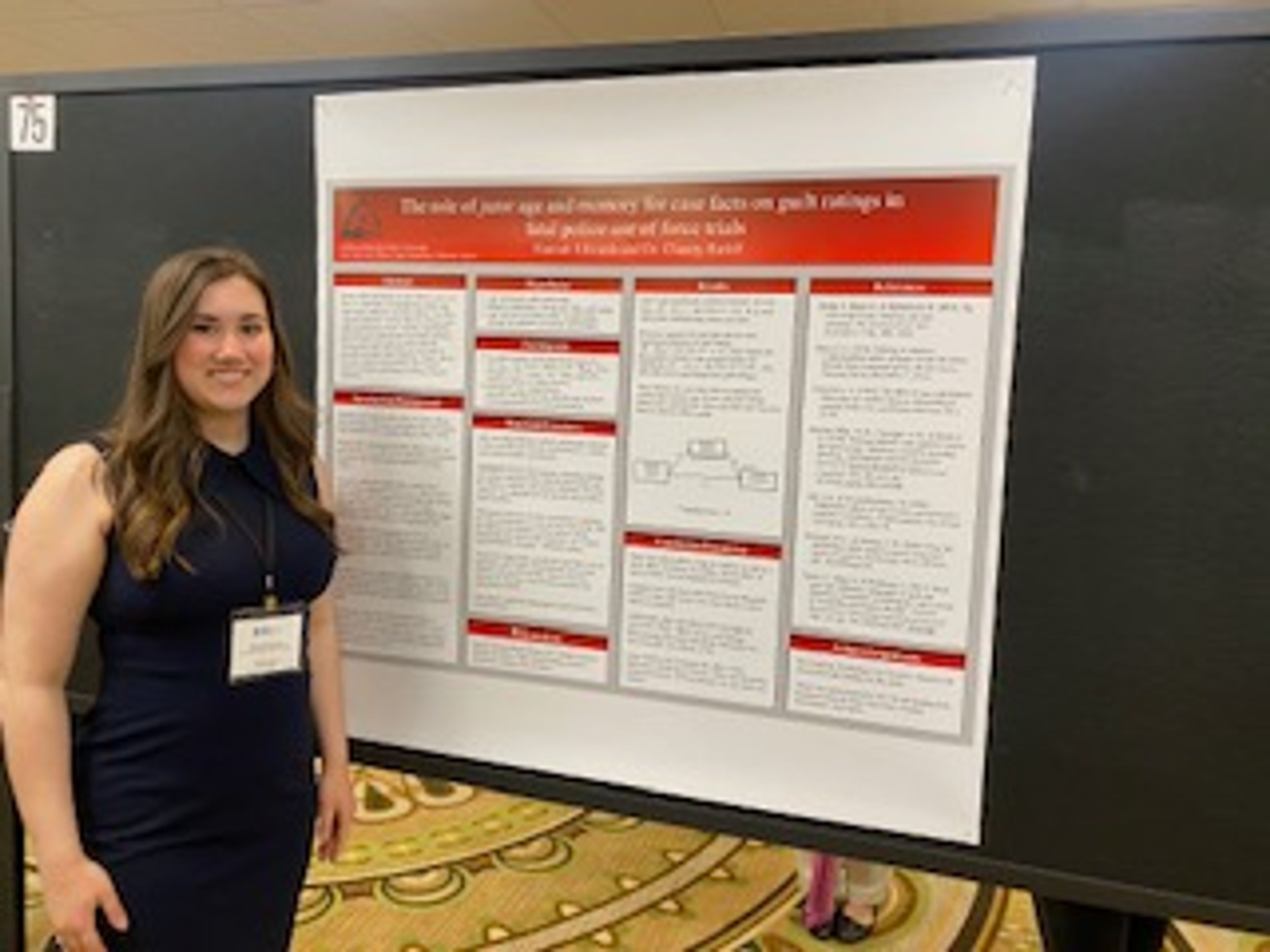The Show Me Center soon will be abuzz with high schoolers, judges, students, staff, faculty and science fair projects. High school students will set up their science projects for the 57th Southeast Missouri Regional Science Fair on March 5 in the Show Me Center.
There will be 321 students with projects. There are 263 students from the junior division, which are junior high school students from seventh and eighth grade. There are 58 students from the senior division, which are high schoolers ranging from ninth to 12th grade.
"The students are the ones who benefit the most," said Dr. Chris McGowan, dean of the College of Science, Agriculture and Technology and director of the Southeast Regional Science Fair. "The high school students and the junior high school students benefit the most from this because it gives them an opportunity to see what science is like. They have to pose a problem, make a hypothesis and run an experiment -- not that they always have to be experiments, but most of the time they're experiments. Then they draw conclusions from those experiments. Then they have to talk about their experiment to a judge."
Areas of interest for projects include behavioral and social science, biochemistry, botany, chemistry, Earth and space science, engineering, environmental, medicine and health, microbiology, physics and zoology. A category for math and computer science is only for students in the senior division.
"We used to not allow juniors to do human subject things," McGowan said. "But it was too restrictive and there are too many experiments that involved human subjects, so we changed our rules so that experiments with human subjects can be judged. But they have to fill out some forms when they do that."
Southeast Missouri State University supplies the venue as their part of supporting the science fair.
"We pay for the venue and we simply help support the fair in whatever manner we can," McGowan said. "We may help with travel sometimes because the winners of the fair do go to the international fair, which is in Phoenix this year. And the fair covers that."
The fair is a community organization. McGowan said in addition to contributions from the university, the Southeast Missourian is a major sponsor, and there are some other local sponsors.
Students develop their science fair project and apply for admission. There is a $10 entry fee for each exhibit, and a $15 entry fee if electricity will be used. The students arrive on the day of the fair and set up their projects. Judges then visit the various booths and discuss the projects with the students. The judges ask questions in addition to trying to find out whether and make sure the students know and understand their projects, according to McGowan.
The setup process and preparation for the fair take weeks. Dr. Steve Overmann, the director of environmental science at Southeast, is the Scientific Review Committee Chairperson. He reviews the projects once high school students have submitted them.
The projects from the senior division are the only ones eligible to go forward to international competition.
"The interviews with the students are often delightful. They're young and enthusiastic," Overmann said.
"The most important part of the whole process is talking to the students," McGowan said.
The regional science fair will attract 33 schools this year.
"Some schools have their own science fairs, and we get the winners of their science fairs to come to this fair," McGowan said. "Some schools don't have their own science fair and they actually use us as the science fair. Some schools will bring a lot of projects and some schools will bring just two or three or four."
Awards for winning the fair include a scholarship. Southeast provides $2,000 to the overall winner of the fair to a high school senior to attend Southeast the following year.
Another award is an all-expenses paid, week-long trip to the international science fair for the student and the student's teacher.
Overmann said the projects that progress to the international fair are "quite amazing."
"I was fortunate and judged one year when it was in Nashville," Overman said. "The quality of the projects at the international level is astounding. Many of them could be master's degree level work."
"We've been relatively successful at having students win things at the international fair," McGowan said. "They've never won the overall award, but they have won their division and won some special awards. We've actually done pretty well at the international level."
Overmann encourages Southeast students to come out and look at the science fair projects. Students, staff, faculty and the public can begin viewing the projects at 3:30 p.m. the day of the event.
"We have a lot of volunteers. We have a lot of students who judge," McGowan said.
Students, faculty and staff who are interested in judging or want to ask more questions can contact Wilma Huffman at 573-651-2163 or email regscifair@semo.edu, or contact Dr. David Probst, who is the chief of judges, at 573-651-2388 or dprobst@semo.edu.




